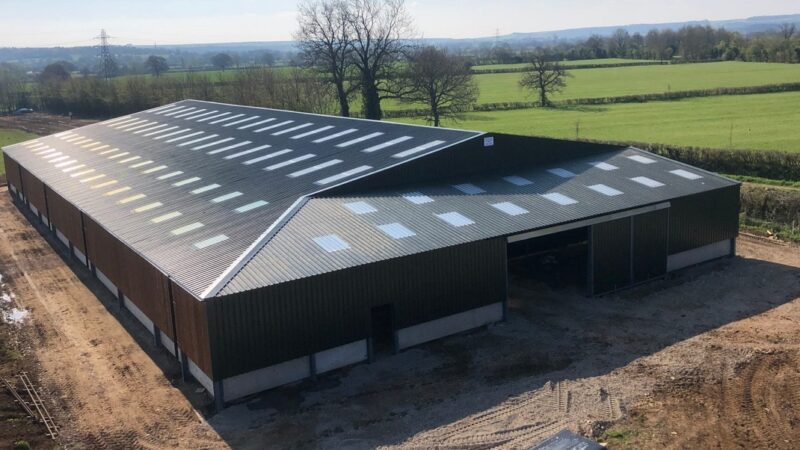Recognizing The Variations Between Flexible And Rigid Packaging

We all know that there are two main types of flexible and rigid packaging. But what is the difference between them? And how do you choose which one is best for your product? In this article, we’ll explore some of the major differences between these two types of containers and Why they’re used in different situations.
Rigid packaging is often used for finished goods, like canned food and beer.
It is often used for finished goods. Like canned food and beer. In this case, it’s less about maintaining a certain temperature. Than it is about not requiring refrigeration or keeping cool. The product doesn’t need to be kept cool or frozen because its use-by date has passed (or there will be no use-by date).
This type of packaging is ideal for products that need to be kept at room temperature like fresh vegetables. But can withstand heat fluctuations well enough for shipping purposes if needed.
These are the differences between rigid and flexible packaging.
This packaging is often used for finished goods, like canned food and beer. This means that it’s not as flexible as the other type of flexible packaging. Which is used to package items such as fresh produce and dairy products. Other fresh foods that require refrigeration.
Flexible packaging can be stacked on top of each other or in tandem with rigid packaging. However, rigid packages cannot stack on top of each other. Because they have flat bottoms instead of curved sides (like many containers).
There are important reasons to use one over the other.
- It is stronger and more durable.
- Flexible packaging is more cost-effective.
- Flexible packaging is more environmentally friendly, as it can be recycled after use instead of thrown away. This also means that you’ll save money on disposal fees at the end of your product’s life cycle. Because there aren’t any materials used in its creation or transportation. That needs to be recycled separately from other waste streams (such as plastics).
- It’s easier to transport: You can stack containers easily with rigid pallets without having to worry about them. Breaking apart under pressure or falling over during shipment. You don’t have to worry about whether they’ll fit in your truck!

Rigid packaging refers to containers that are made of a stiff, inflexible material.
This refers to containers made of a stiff, inflexible material. These types of materials are often used for finished goods like canned food and beer. They’re also more expensive than flexible packaging. Because they have to be manufactured from scratch with special machinery, which adds cost.
It is recyclable because it’s made from plastic bottles that can be melted down into new products (like recycled liquor bottles). However, rigid containers don’t have the same flexibility as flexible ones do. If you try to bend them too much, they’ll break apart easily because they’re not designed for bending at all!
Flexible packaging is less rigid than rigid packaging.
Packaging is not as rigid as rigid packaging. Flexible packaging is made of flexible materials that can be folded, rolled, or pressed into various shapes. This allows companies to design their products in different ways so they fit within the delivery system. For example, a package may be placed on top of another package (instead of straight down) so that it doesn’t take up too much space when being shipped by air freight or truck transport.
Flexible packages often contain food products such as meat and seafood because they need to be kept at safe temperatures during transport–and this means avoiding any possible damage caused by rough handling during shipping processes like packing and unloading onto trucks or planes
Rigid and flexible packaging cannot be stacked on top of each other.
Rigid and flexible packaging cannot be stacked on top of each other. This is because rigid plastics are designed to maintain their shape, while flexible packaging will deform when stacked with another piece of rigid plastic. If you store your food in a pile of rigid containers, it’s likely that your items will get crushed if someone walks on them or if they’re knocked over by an earthquake.
Flexible packaging can be recycled at most curbside recycling programs around the world–but not all rigid types can be recycled in this way due to their composition (see “Recycling Information”).
Conclusion
It is often used for finished goods, like canned food and beer. These are the differences between rigid and flexible packaging. There are important reasons to use one over the other. It refers to containers that are made of a stiff, inflexible material. Flexible packaging is less rigid than rigid packaging.



